Dandelion
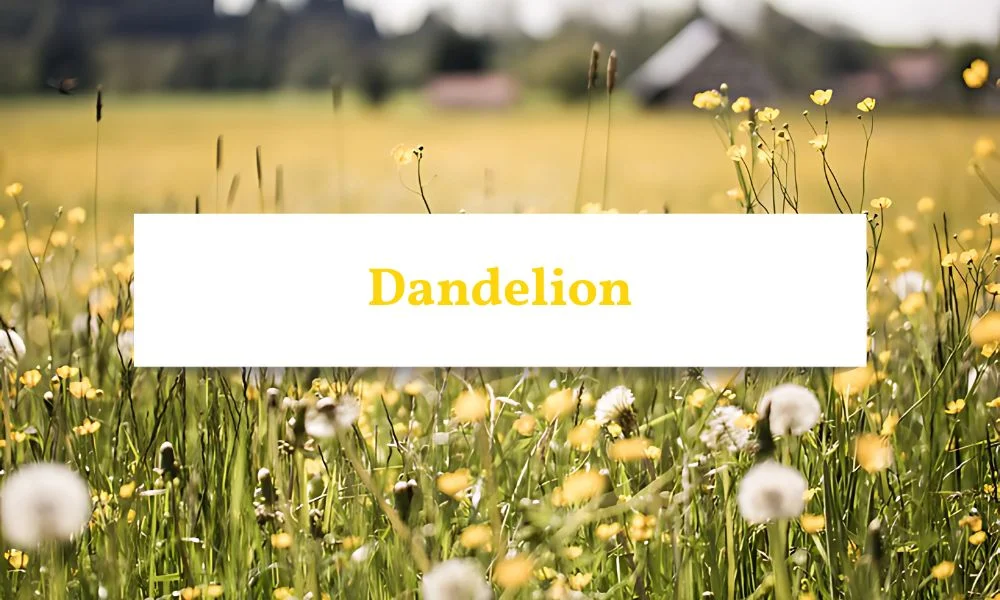
What Is Dandelion?
Dandelion (Taraxacum officinale) is a perennial broadleaf weed that is easily recognised by its bright yellow flowers and fluffy white seed heads. It thrives in lawns, gardens, and disturbed soils, especially in areas with thin or weak turfgrass. Dandelions are highly invasive due to their ability to reproduce both by seeds and vegetatively through their deep taproot. While they are often considered a nuisance, dandelions are also edible and have been used in salads, teas, and even wine.
Characteristics of Dandelion
-
Appearance: Dandelions grow as a basal rosette of deeply lobed leaves that are lance-shaped and point back toward the plant’s base.
-
Flowers: The bright yellow flowers bloom on long, hollow stalks and are approximately 1 to 2 inches in diameter.
-
Seed Heads: After flowering, the plant produces spherical white seed heads (puffballs) containing hundreds of seeds with feathery bristles for wind dispersal.
-
Taproot: The thick taproot can grow up to 6 inches deep, making dandelions difficult to remove completely.

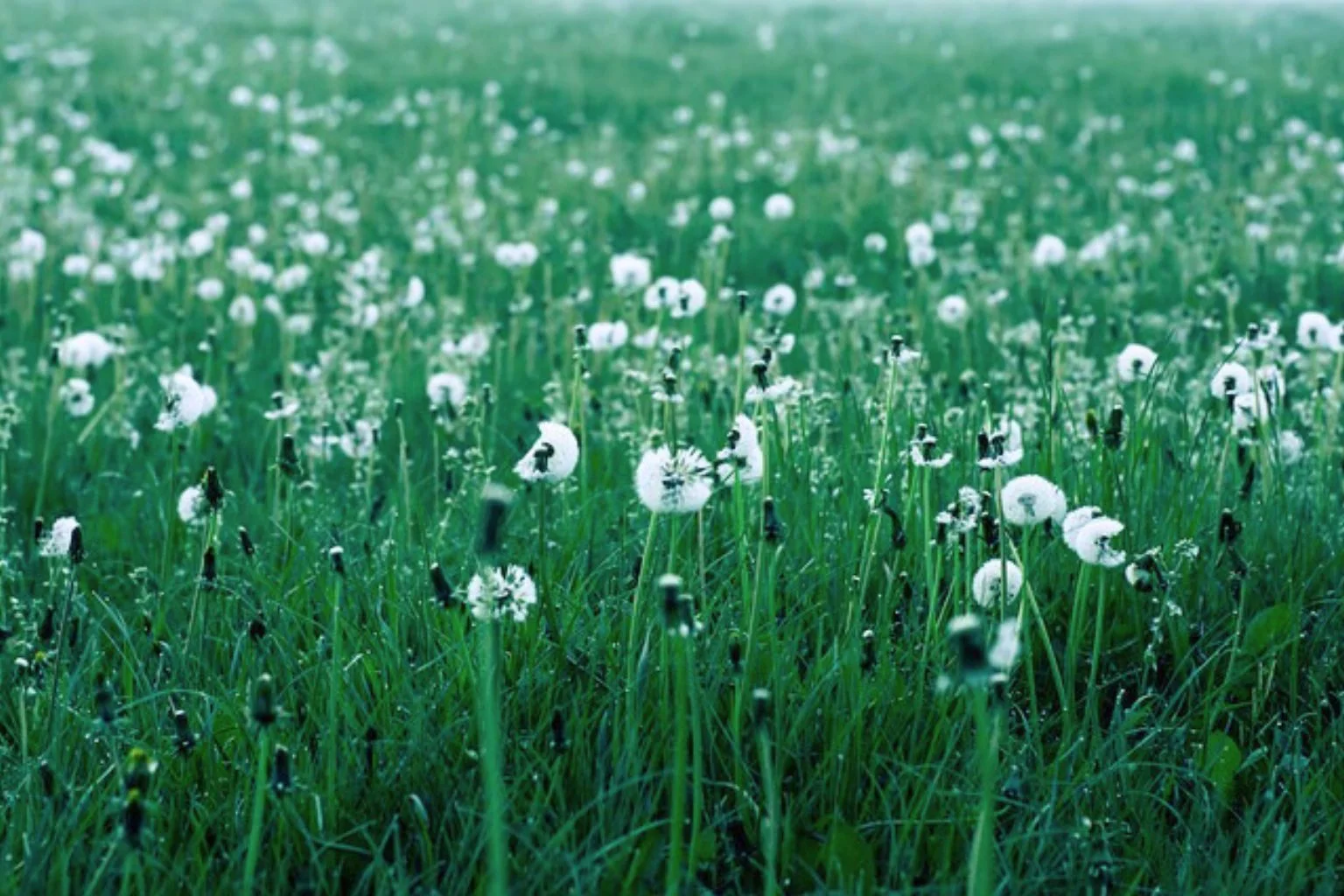
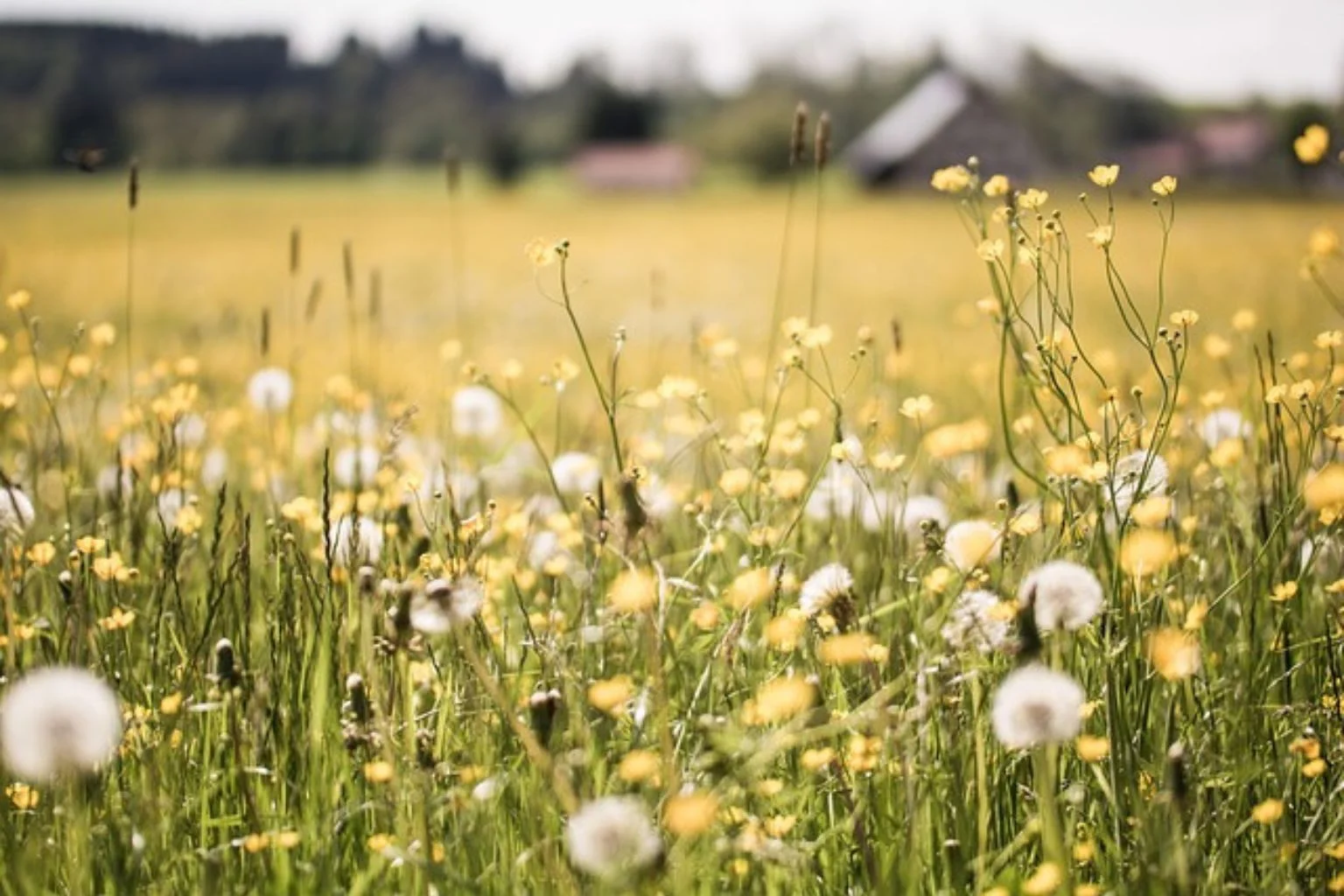
Why Is It A Problem?
How to Identify Dandelion
Dandelions are easily identified by their bright yellow flowers that grow on hollow stalks and their deeply lobed leaves forming a basal rosette. The fluffy white seed heads appear after flowering and disperse seeds widely with the wind. When broken, both the flower stalks and leaves exude a milky sap.
Effective Methods
How to Control Dandelions in Lawns
Cultural Practices
-
Maintain Healthy Turf: A dense and healthy lawn is the best defence against dandelions. Proper fertilisation, watering, and mowing encourage vigorous grass growth that can outcompete weeds.
-
Mowing Height: Mow your lawn at the recommended height for your turfgrass species to shade out dandelion seedlings and prevent them from establishing.
Mechanical Control
-
Hand-Pulling: Dandelions can be removed manually using a weeding tool or by hand-pulling after rain or irrigation when the soil is moist. Ensure the entire taproot is removed to prevent regrowth.
-
Aeration: Aerating compacted soil improves turf health and reduces conditions favourable for dandelion growth.
Chemical Control
-
Selective Herbicides: Use broadleaf herbicides containing active ingredients like 2,4-D or dicamba for effective control of dandelions without harming grass. These should be applied during active growth periods in spring or fall.
-
Spot Treatments: For small infestations, spot-spray herbicides directly onto individual plants to minimise chemical use.
Preventative Measures
-
Seed Prevention: Remove flowering dandelions before they produce seed heads to limit seed dispersal across your lawn.
-
Regular Monitoring: Inspect your lawn regularly for new dandelion growth and act quickly to remove young plants.





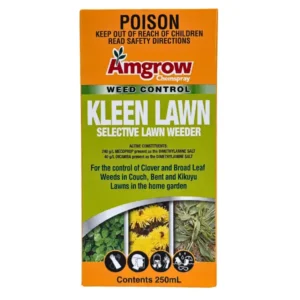
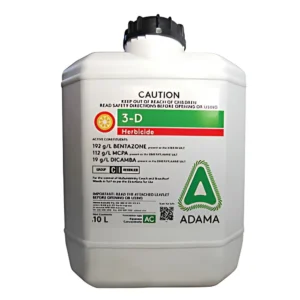

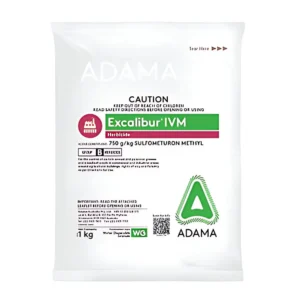
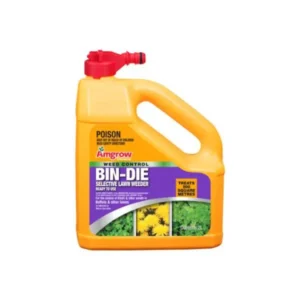
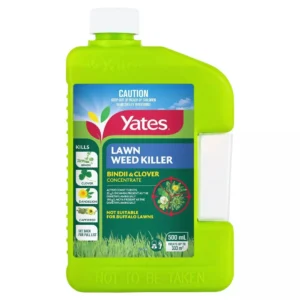
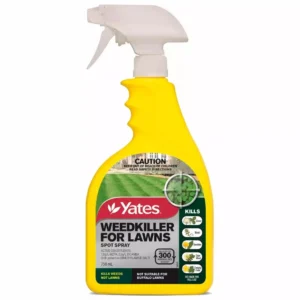
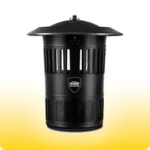 Mosquito Traps
Mosquito Traps